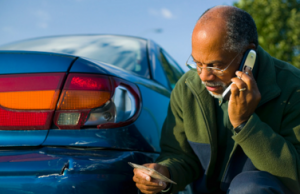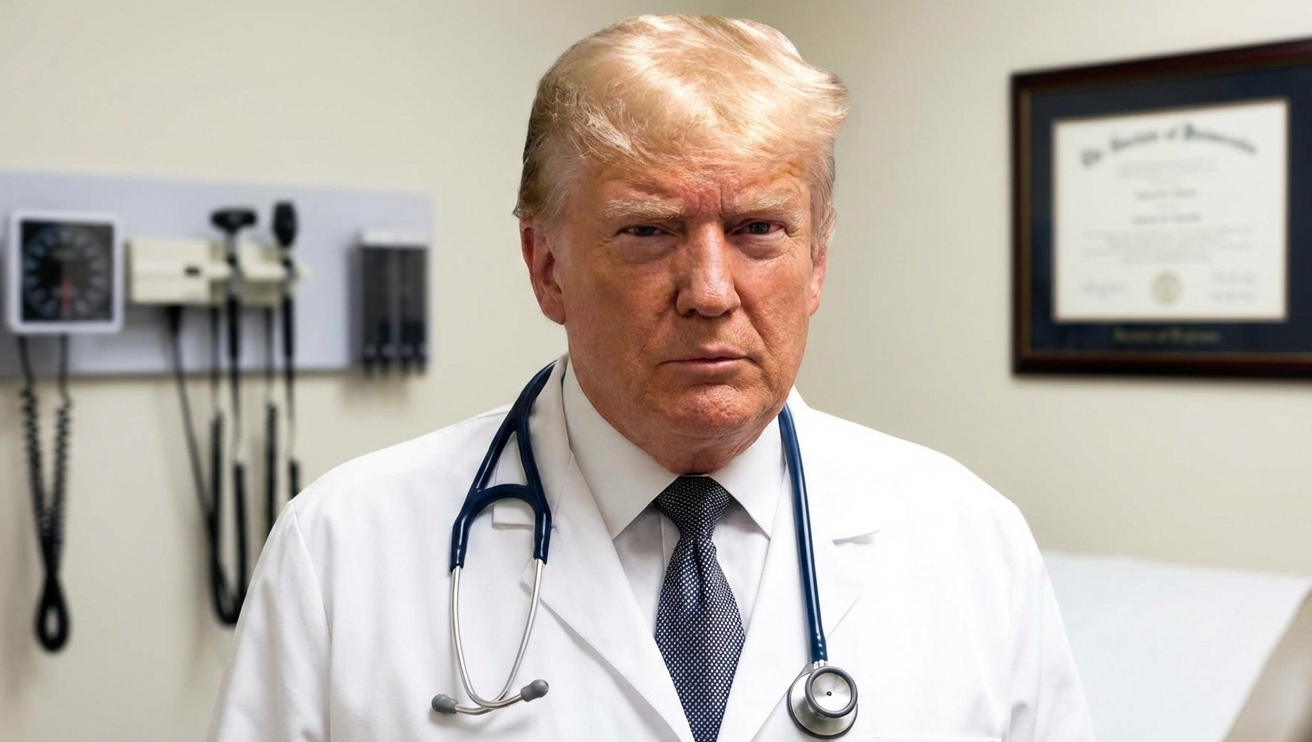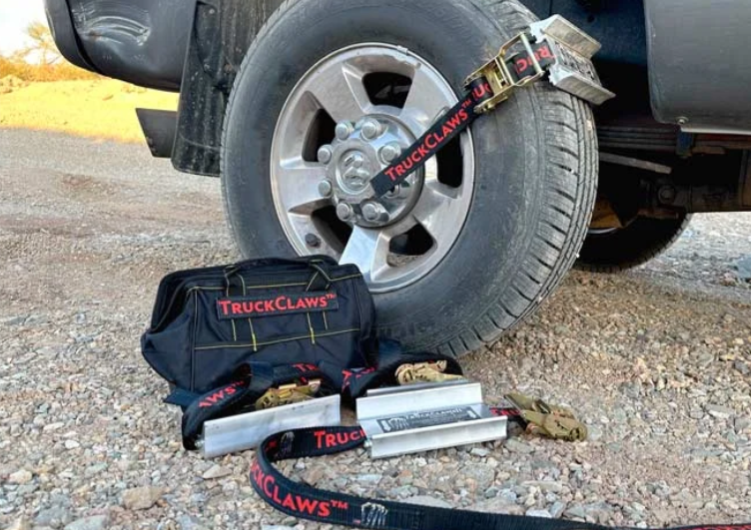(ThyBlackMan.com) When an accident occurs, it is very important to determine who was at fault. Each of the parties involved and their insurance companies will want to know who has to foot the repair bill. If personal injuries occur or a life is lost, there is even more incentive for finding out who caused the crash. Uncertainty can lead to lots of legal wrangling and confusion among insurance companies.
While it is easy to determine fault in some accidents, it is more difficult in other cases. This article looks at five situations which can cause some confusion. However, given all the possible variables, and different state laws, be sure to consult a personal injury lawyer if you’ve been injured in a collision.
The driver who hits another car from behind is usually at fault. You’re supposed to leave enough room in front of your vehicle to allow you to stop safely if the car in front of you stops suddenly. If the driver approaching from the rear couldn’t stop, he may not have been observing this rule. However, if the first driver slammed on his or her breaks without reason, he or she may be at fault if another driver crashes into him or her. Another possibility is that a third-party driver caused the first car in the collision to stop suddenly. You can see how what should be a simple matter can get complicated.
Side impact or T-bone collision
Side impact collisions tend to occur when one driver does not give the other the right of way. They can be particularly serious and can result in death. It is therefore critical to know for sure who was at fault. The blame does not always rest with the colliding driver. Sometimes the driver of the vehicle that was hit is found to be negligent or a third party could be at fault. Sometimes more than one driver had to share liability.
Left-hand turn accidents
Left-hand turn accidents are usually the fault of the driver taking the left turn, but not always. It is expected that cars coming straight into an intersection will have the right of way. This means the car turning left would be responsible for the accident. However, if the vehicle going straight through the intersection was speeding, this may take some of the responsibility off the other driver. Similarly, if the car making the left turn started to do so while it was safe but then encountered some unexpected circumstance and had to stop, some of the liability may also be shifted.
Changing lanes
A driver may drift out of his or her lane if tired, drunk or distracted and this can cause a collision with another vehicle. A driver may also misjudge just how much space he has around him.
If a driver merges into a lane and crashes into another vehicle, the merging driver is usually at fault. However, more than one driver can be deemed liable for a changing lanes accident. For example, one misjudged the space available in the next lane and hit the other who was speeding.
Multi-vehicle collisions
Accidents involving several vehicles usually occur on highways and they can be deadly. Cars can get hit multiple times and sometimes drivers exit their damaged vehicles only to be hit by another car. To make matters worse, if fire breaks out because of leaked fuel, it can quickly spread throughout the crash site. It can therefore be very difficult to determine who is at fault in multi-vehicle pile-ups.
As you can see, even what should be simple attribution of blame can become complex depending on the factors are involved. Seeking sound advice is key.
Staff Writer; John Jacobs

















Leave a Reply